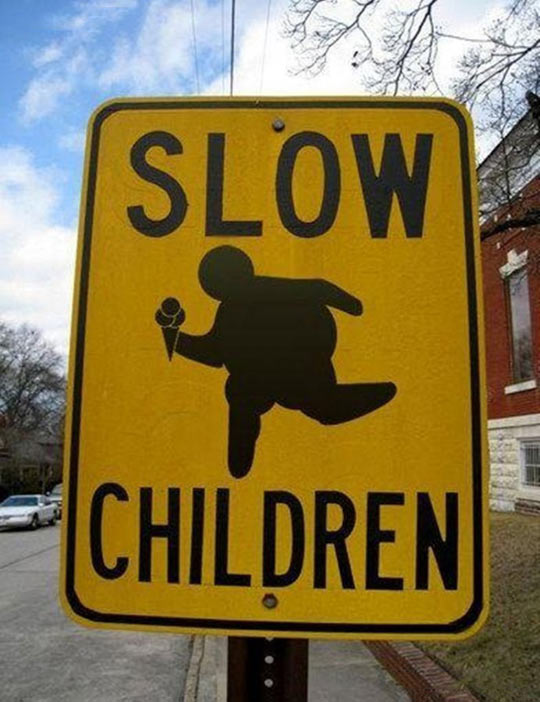crs1026
Superstar
Signs are generally useless. Speed limit signs are useless. In fact, with Vision Zero, they do away with signs and replaced them with raised crosswalks, raised intersections, narrowing traffic lanes (adding segregated cycling lanes), narrowing corners (using truck aprons for the long truck and trailers), chicanes and lane shifts, street parking, roundabouts instead of signalled intersections, etc.
Raised sidewalks at intersections (and mid-way along any sustained straight stretch, since a significant proportion of pedestrian injuries/fatalities occur mid-block) are a very inexpensive and easy to install proposition. We should be doing far more of these.
Ontario is also a very lax jurisdiction with lane and crossing paint. OK, we do have weather, but we could do a lot better, and again paint is pretty cheap.
- Paul






/https://www.thestar.com/content/dam/thestar/opinion/contributors/2019/07/18/where-does-the-sidewalk-end-in-etobicoke-of-course/img_8651.jpg)
